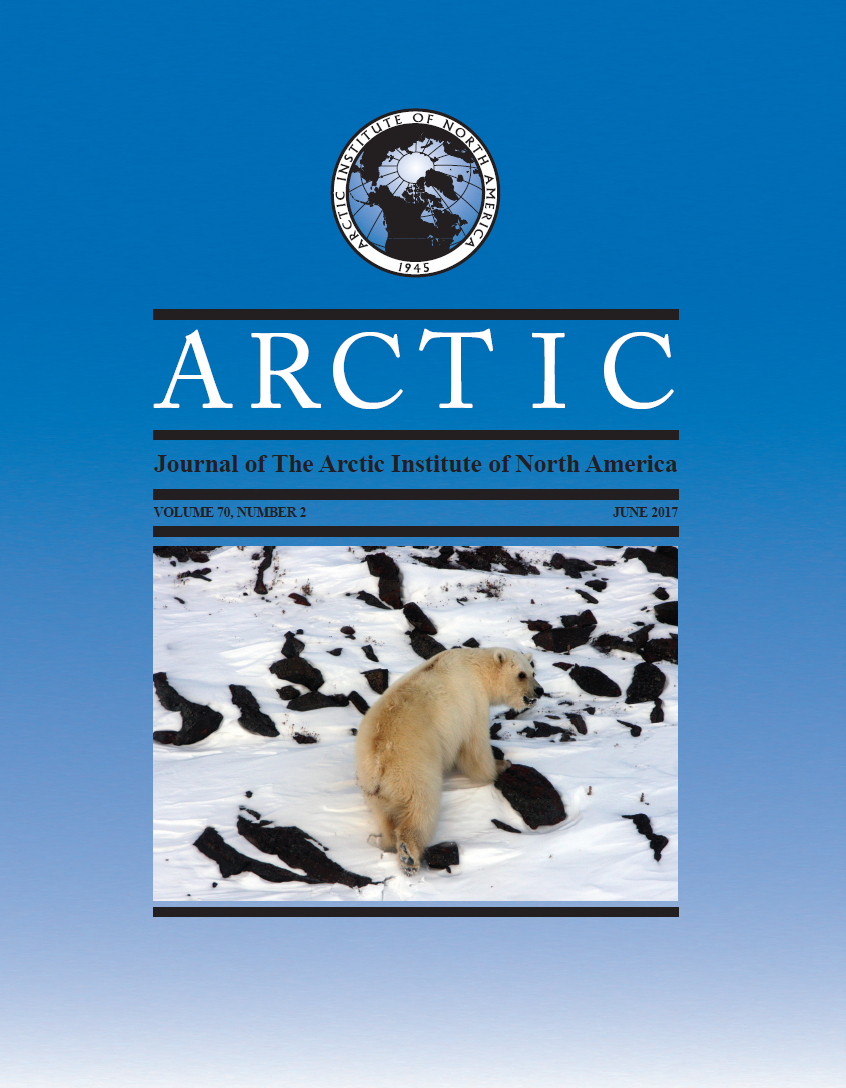Vegetation Succession and Environmental Conditions following Catastrophic Lake Drainage in Old Crow Flats, Yukon
DOI:
https://doi.org/10.14430/arctic4646Keywords:
Subarctic, thermokarst, climate change, shrubs, disturbance, successionAbstract
Increases in the frequency and magnitude of disturbances associated with the thawing of ice-rich permafrost highlight the need to understand long-term vegetation succession in permafrost environments. This study uses field sampling and remote sensing to explore vegetation development and soil conditions following catastrophic lake drainage in Old Crow Flats (OCF). The data presented show that vegetation on drained lake basins in OCF is characterized by two distinct assemblages: tall willow stands and sedge swards. Field sampling indicates that these alternative successional trajectories result from variation in soil moisture following drainage. Increased willow mortality on older drained basins suggests that intraspecific competition drives self-thinning in shrub thickets. This finding, combined with data from paleoecological studies and contemporary vegetation in OCF, suggests that willow stands on drained lake basins are seral communities. These results also indicate that the increase in number of catastrophic drainages that occurred between 1972 and 2010 will alter regional vegetation in ways that affect wildlife habitat, permafrost conditions, and local hydrology.


